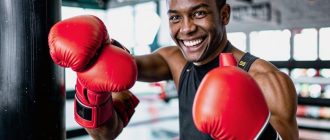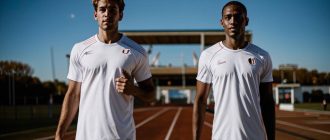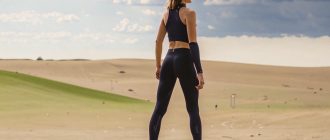The name of the French doctor Alain Bombard is known all over the world. It was he who conquered the Atlantic Ocean on an ordinary rubber boat. He managed to survive a shipwreck and not die of starvation. How did this man dare to such an adventure and how did he manage to bring it to the end?
Alain Bombard began to be interested in the topic of survival in extreme conditions during his student years, when he studied at the medical university. The young man studied the stories of travelers who survived accidents. He came to the conclusion that people could endure cold, bad weather and even hunger. Scientific data spoke to the contrary, but Alain’s confidence nothing could shake.

How did the idea of swimming come about?
One incident in the life of a medic played a huge role. In 1951, Bombard worked in a hospital in the county of Boulogne. During his night shift, tragedy struck. The ship “Notre Dame de Peyrag” collided with a structure to protect the water area of the port. It was close to the shore, the weather was windless and there were no difficulties in evacuation, however….
Forty-three people were found dead on board. They were all wearing life jackets. Alain Bombard could not understand why these people had died when their lives were essentially unthreatened? Later the answer was found, but to make this and other conclusions, Alain had to go through a difficult ordeal.

After much thought, Bombard decided to recreate a situation that would approximate a shipwreck. He wanted to experience the capabilities of the human body. The doctor set out to prove that
- it’s possible to swim in an inflatable raft and not drown;
- it’s possible not to starve to death or get scurvy by eating plankton and raw fish;
- it is possible not to die of thirst by drinking juice squeezed from fish and sea water.
Preparing for the expedition
Gathering took several months. First of all, Alain conducted laboratory research in the Oceanographic Museum of Monaco. The French doctor came to the conclusion that most of the fish consisted of 80% liquid. This suggested that by juicing them, it was possible to quench thirst. Another conclusion was sea water, which in small portions could be consumed.

A separate item of preparation for the voyage was the design of the raft. After numerous revisions over several weeks, together with an engineer they built a four-meter long dinghy with a rounded bow.
Initially, Bombard planned to take a traveling companion with him. He even advertised in the newspapers. But few people took him seriously. There was only one brave man – a yachtsman from Panama, John Palmer. However, after a two-week trial voyage from Monaco to Mallorca, he refused… Alain had to go alone. He ironically named his boat “Heretic”.
The journey itself
October 19, 1952 Bombard started his journey from the Canary Islands. To say goodbye to him came his wife, in whose arms was a newborn daughter. Followed the traveler on the path of Christopher Columbus, who made an expedition from Spain to Gran Canaria, also capturing Cape Verde and Antilles.

In the first twenty-four hours, Allen was caught in a storm. He scooped up water with a hat. After several hours of exhausting attempts to save his life, the exhausted Bombard lost consciousness. When he came to, the ship was almost completely submerged. In addition, the Heretic’s sail had burst… This the Frenchman had foreseen, he had a backup. But it met the same fate. For 60 days, the doctor sailed with a hand-stitched sail.
In addition to bad weather, Alain faced the unfriendliness of sea creatures. A swordfish would pierce the rubber, or someone would chew off part of the awning. Not to mention the pursuit of sharks, which he fought off with an oar. The barnacles didn’t seem like they could cause any trouble, but they were nesting in the seams of the boat and sprouting into it. Every day Bombard inspected the dinghy and repaired any problems that arose.

To keep in touch with reality, the traveler checked the navigation system and read books. A lot of time was spent on getting food, because the medic purposefully did not take fishing rods and nets. Instead he used harpoon and oars. He also ate birds (in raw form).
At the end of the journey, Bombard noticed several signs of approaching land. First a leaf from a tree flew by, and after that a butterfly! It seemed that land was close, but because of the doldrums, there was no way he could reach it. It took weeks for the land to finally appear on the horizon.
December 22, 1952, on the 65th day of the expedition, “Heretic” was in Barbados.

Upon arrival, Alain Bombard was found in a state of severe physical exhaustion. He had lost about 25 kilograms. Hemoglobin and red blood cell levels were at lethal readings. His fingernails had peeled off, his skin was swollen and covered in rashes. But, the goal was achieved!
During the voyage, Bombard kept notes, and it was these that formed the basis of his book, Overboard by Will. The French doctor wanted to tell his story to help those who were in the wreck. He concluded that it is not hunger and thirst that most often lead to death in such situations… Fear is to blame. It was fear that killed those people on the Notre Dame de Peyrag.
The diary, consisting of more than 200 pages, has become a world bestseller. Also, the traveler’s experience has a great practical component of exploring human possibilities.






